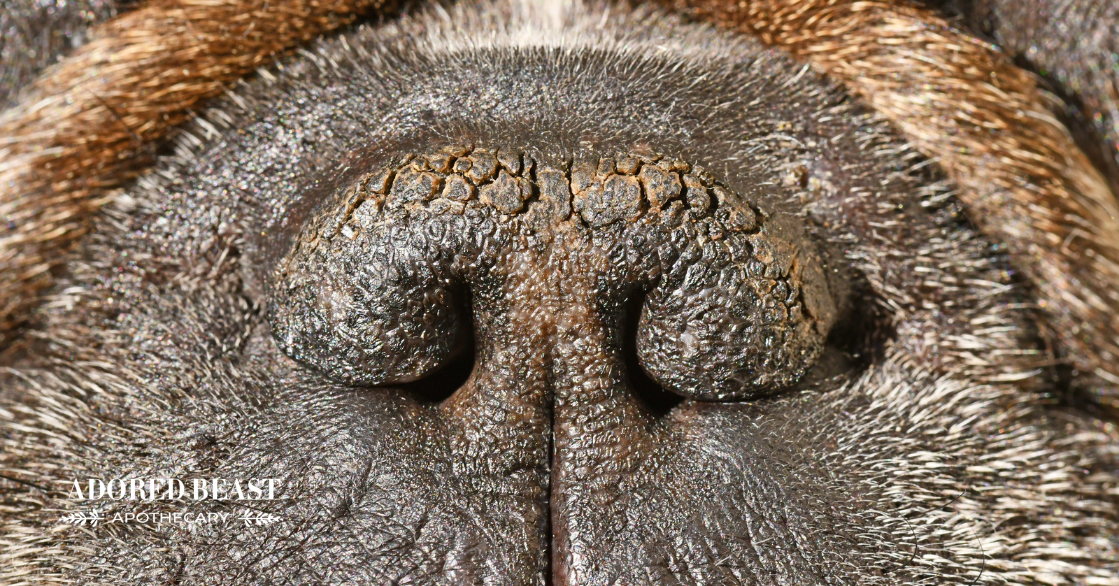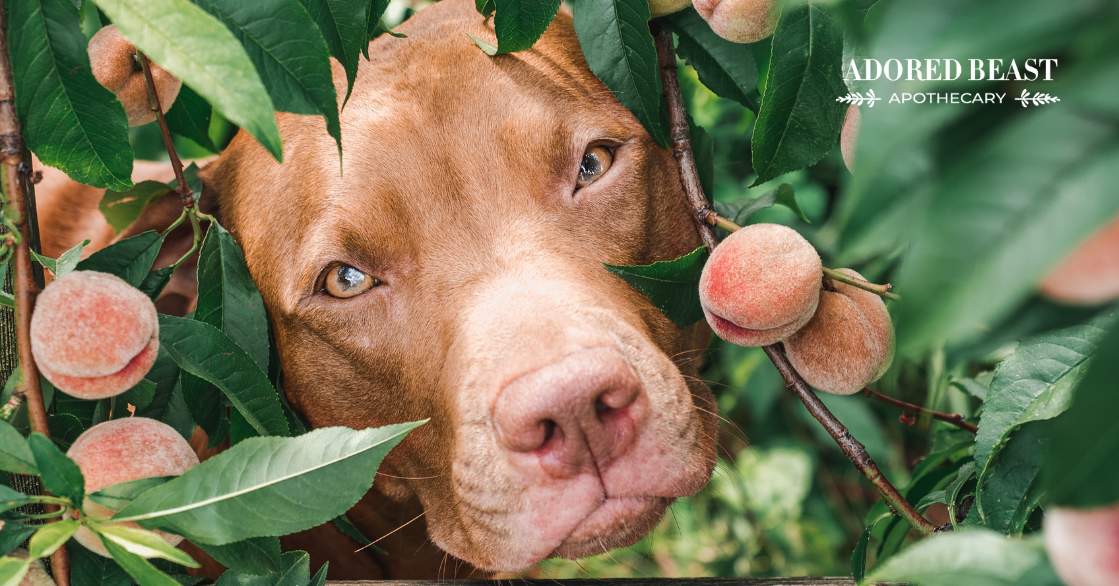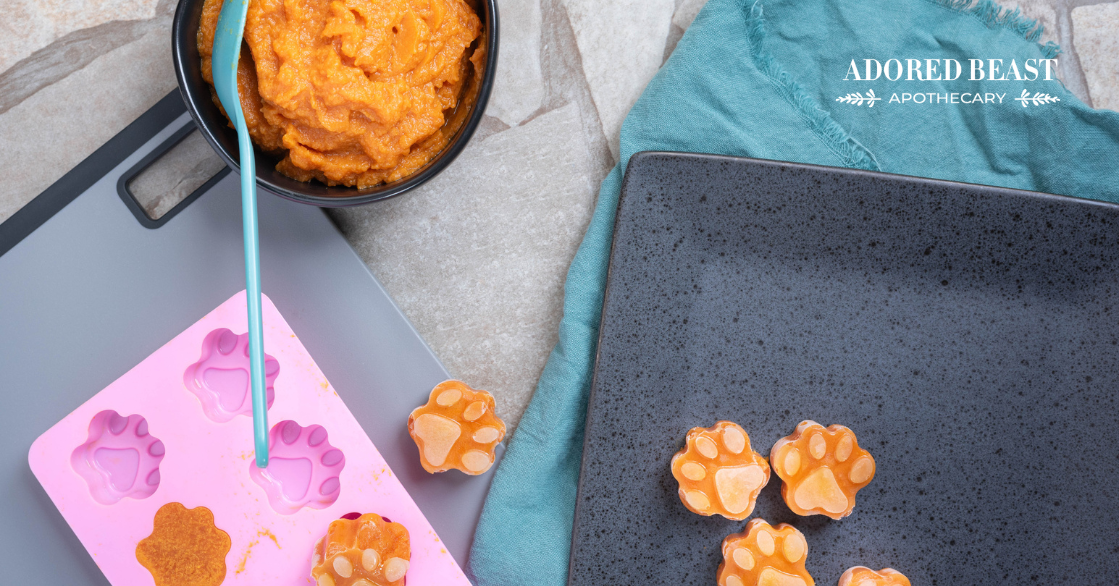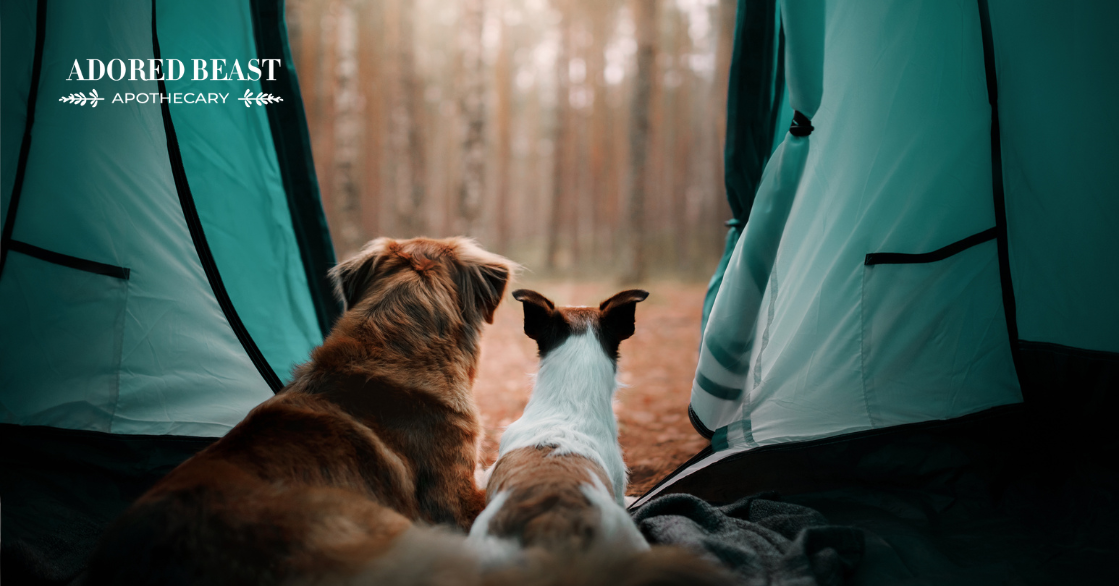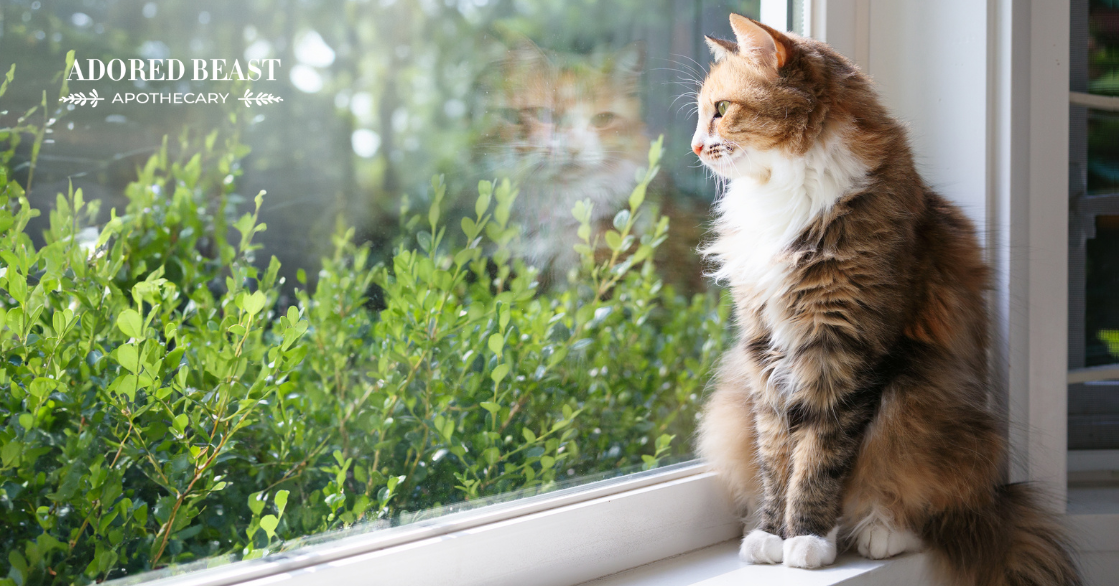We’ve all heard the myth that a dry dog nose is an indication that a pup is unwell. Every so often I find myself petting my pups, noticing a dry nose, and just for a second thinking “are you ok?”
But as most of us know by now, a dry nose doesn’t mean a dog is sick.
But there’s dry, and then there’s dry…
We’re talking about hyperkeratosis in dogs.
If your dog’s nose (or feet – paws are common too) starts to look a little flaky, is some further investigation a good idea? Let’s dig in.
What is Hyperkeratosis in Dogs?
Hyperkeratosis in dogs is a condition that is most often seen on a dog’s paws or nose, and sometimes even on the ears. It’s literally an overgrowth of keratin – meaning your dog is producing more than they need to. And it builds up.
Keratin is the primary protein that makes up hair, nails, and skin. It acts as a protective layer that helps shield the skin from the external environment. But an overgrowth of keratin results in dry, flaky, cracked skin. It can sometimes look like little scales or thick hairs growing out. Sometimes larger growths that have an almost horn-like appearance can develop.
While hyperkeratosis is more commonly seen in middle-aged or older dogs, it can affect a dog at any age (although it is far less common in younger dogs).
What Causes it?
We know the flaky skin in caused by the overproduction of keratin, but what causes this overproduction in the first place?
While an exact cause is not yet known, there are several factors that are believed to play a role, including:
- Age – Dog skin tends to get thicker as they age, which tends to make adult dogs more susceptible.
- Breed – Some breeds tend to be more naturally predisposed, like cocker spaniels, basset hounds, beagles, boxers, Irish terriers, and labradors.
- Zinc deficiency – Zinc plays a key role in ensuring that proteins work as they should. If your dog doesn’t get enough zinc, it could lead to the abnormal production of keratin.
- Parasites – Some parasites can trigger keratin hyperproduction.
- Infectious diseases – Hyperkeratosis is also a common symptom for infectious diseases, including distemper and papillomavirus infection.
- Autoimmune diseases – Certain autoimmune diseases can cause an overproduction of keratin in the body. When this happens, the immune system attacks the skin cells, making them cracked and dry.
Should You Be Concerned?
While hyperkeratosis may seem scary at first, it isn’t always a huge cause for concern. Most cases are harmless, and with some TLC you don’t have to worry. (We’ll cover what that TLC involves below.) Most dogs don’t require any form of treatment if no other symptoms are present.
Of course, when you notice it, you’ll want to speak with your veterinarian to rule out an underlying cause (such as an autoimmune or infectious disease). In those cases, you’ll need to treat those conditions.
Additionally, once it develops, you’ll want to pay close attention to any changes in your loved beast, as the cracks can make your dog more vulnerable to infection, so keep an eye out for any signs of discomfort.
How to Navigate Hyperkeratosis in Dogs
As mentioned, many cases require no more than an eye on the growths. Lots of dogs develop hyperkeratosis as they age with no additional symptoms.
That said, some dogs may have some discomfort from the growths if they get big enough and may benefit from having them softened or removed.
Just like your dog’s hair and nails, these hyperkeratosis growths don’t contain any nerve endings or blood supply. In most cases of hyperkeratosis in dogs, you can remove some of the excess. Go to your vet and have them show you how or go to your vet with your callous scrubber and have them show you. Always go slow and take only small bits at a time, so you don’t accidentally cut the underlying skin.
If the hyperkeratosis occurs on your dog’s paws, you can soften the growths at home by soaking the feet in a warm (but not hot!) water bath with some epsom salts and green tea to help ward off infection and fungus for 15 minutes. Just be sure to dry the paws thoroughly after soaking—excess moisture may lead to an infection.
Calendula and chamomile blended with a little shea butter or MCT oil can help soothe and soften as well. Rub this into your dog’s nose or paws to soften and bring relief.
As with anything that is unbalanced, whether we know the true cause or not, our number one go-to along with topical support is to deal with the health of the gut. With hyperkeratosis in dogs, you want to bring the body back to balance by using a rotation of pre and probiotics. Find ones with proven immune modulation properties to be on top of underlying issues.

